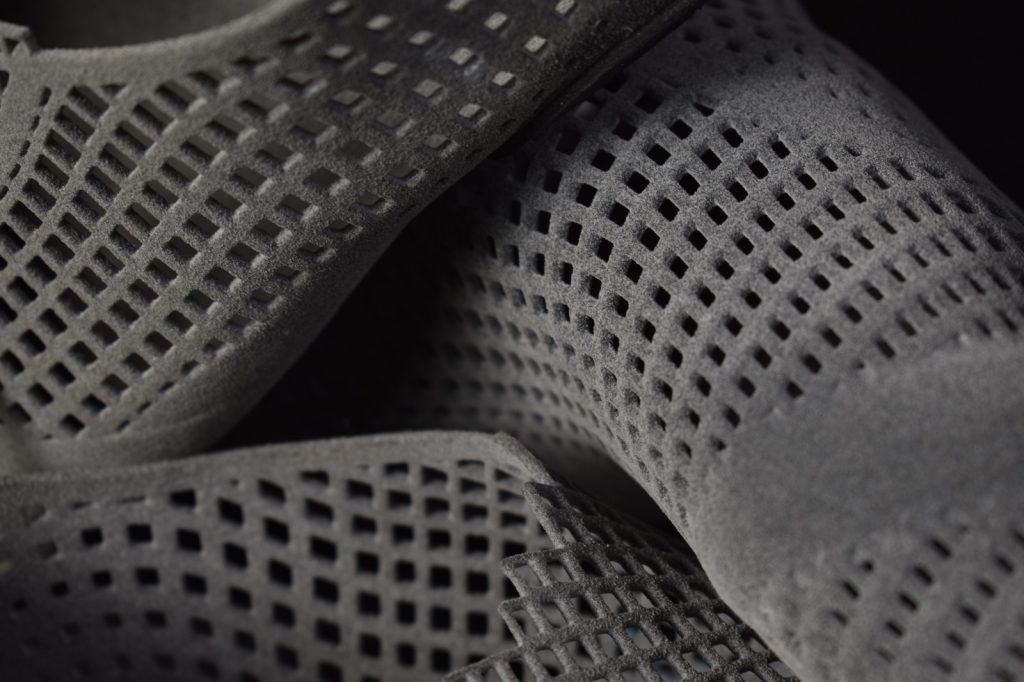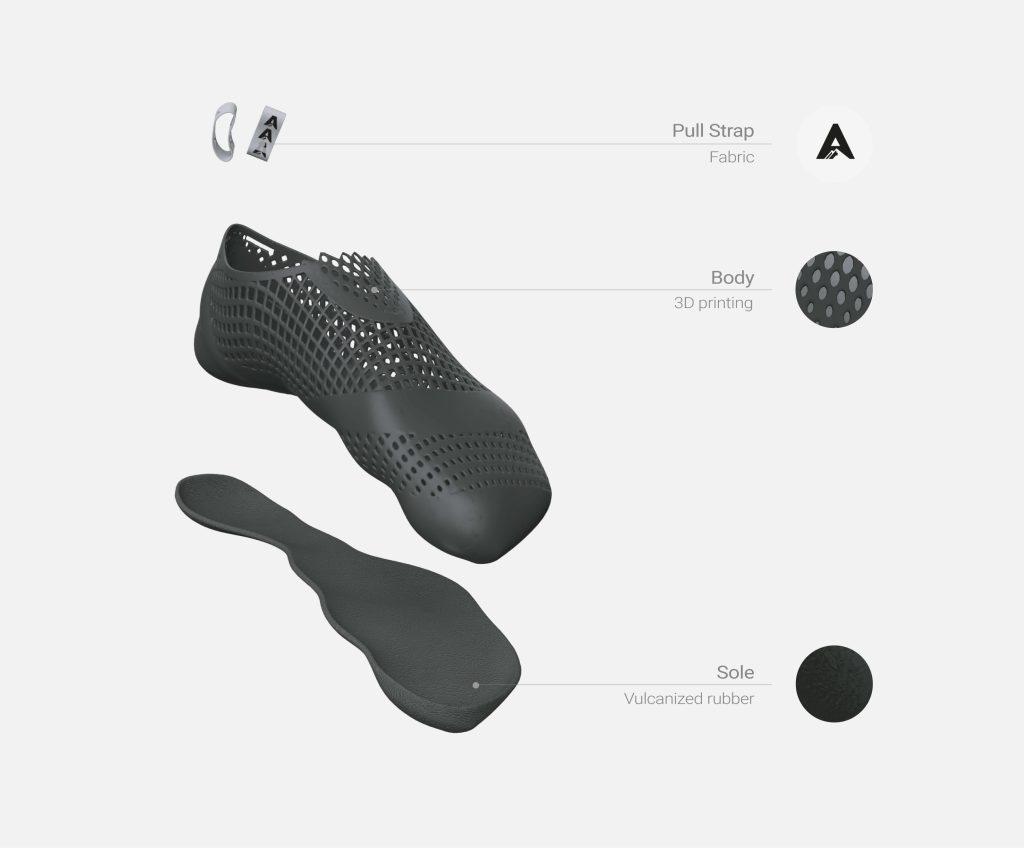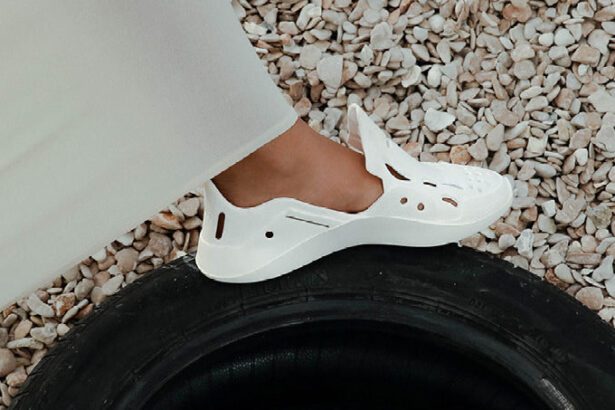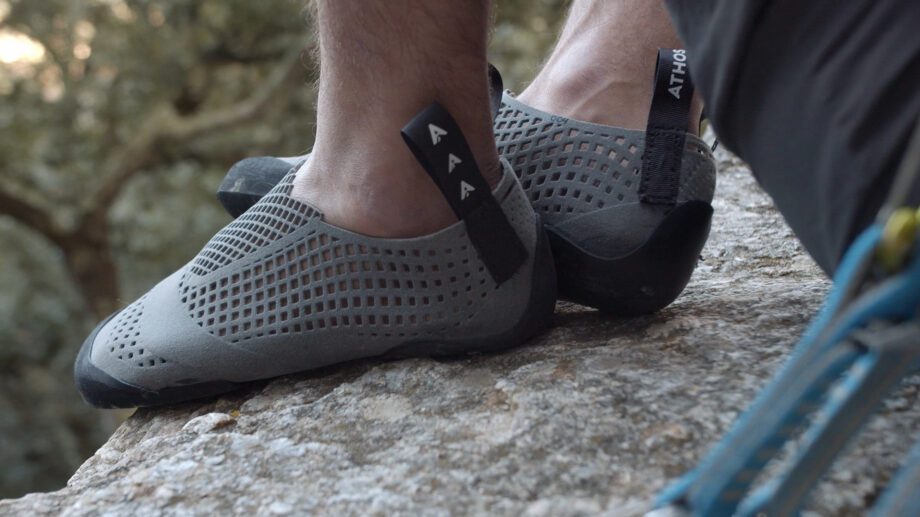3D printed climbing shoes, launching soon, are a “world-first” according to ATHOS, a Spanish sportswear start-up. The forthcoming range will be created with HP, a global technology company and makers of Multi Jet Fusion 3D printing systems, plus Sculpteo, an online 3D printing bureau.

“Changing the sports footwear industry” with 3D printing
“3D printing technology is changing the sports footwear industry,” said Wayne Davey, Global Head of 3D printing Solutions Go-to-Market, HP Personalization & 3D Printing, HP Inc.
“It was very important for us to implement additive manufacturing in an innovative way, which is why HP Multi Jet Fusion 3D printing technology is the perfect choice for creating more customizable and sustainable products,” added Emili S. Taixés and Romina Milesi, Co-Founders and Managing Partners of ATHOS.
Davey also highlighted the benefits of 3D printing for shoes, which he says shorten “production times and [assist in] developing innovative and sustainable ideas.”
Alexandre d’Orsetti, CEO of Sculpteo stated, “It is a great pleasure for us to be able to be a part of the manufacturing process of ATHOS shorts shoes.”
D’Orsetti emphasized this by saying, “Mass customization allows ergonomics that seemed inaccessible in climbing, and ATHOS custom-made slipper fits the foot perfectly providing comfort when climbing.” The ATHOS co-founders agreed that “the benefits of customization and on-demand production help us to deploy a more environmentally responsible consumer and manufacturing model.”

How climbing shoes are 3D printed
The ATHOS ordering system places the climber as the main focus in the design and production process. This process begins by 3D scanning the customer’s feet, then is followed by 3D printing, post-processing, assembling all the parts, and finally, shipping the end product. Potential customers can register their interest in the 3D printed climbing shoes ahead of the official launch.
HP’s MJF Technology’s proprietary area-wide 3D printing method reportedly achieves quality part production at speed. The process begins by applying a layer of material in a work area. In the opposite direction, fusing and detailing agents are 3D printed across the full working area in one continuous pass. This pass combines the 3D printing material with the fusing systems, and the process is then completed. HP’s proprietary architecture is capable of printing 30 million drops per second along every single inch of bed width, enabling precision and dimensional accuracy.
3D printed shoes, changing the industry one step at a time
The ATHOS shoe might be a world first in climbing, but in the broader footwear world, we have often reported on 3D printed shoes. The poster child for this application of additive manufacturing is the partnership between Carbon and Adidas. The Germany-based sportswear brand and the North America 3D printer manufacturer began working together more than 7 years ago. The resulting range of Futurecraft 3D printed shoes includes collaborations with Stella McCartney and Yohji Yamamoto.
The Carbon/Adidas range is a shining example of manufacturing with 3D printing at a relatively high volume, other projects, much like the ATHOS shoe, are either distinctly more bespoke or cater towards exclusivity. For example, Zellerfeld and Heron Preston’s HERON01 3D printed shoe or Stephan Henrich and Sintratec’s Cryptide concept shoe. Elsewhere, and changing the relationship between designer, manufacturer, and end-user Nike and ACRONYM made 3D printable downloadable content (DLC) available for a range of Nike’s Blazer Lows.
ATHOS has achieved the milestone of securing a place in the national finals for the prestigious ‘James Dyson Award,’ for being the first to launch the customized 3D printed climbing shoe. ATHOS’ philosophy focuses on combining consumer health, innovation, and customization and has also played a significant role in its success. To begin production, ATHOS has been utilizing the capacities of Sculpteo which provided leading online 3D printing services with their presence in both California and France.




